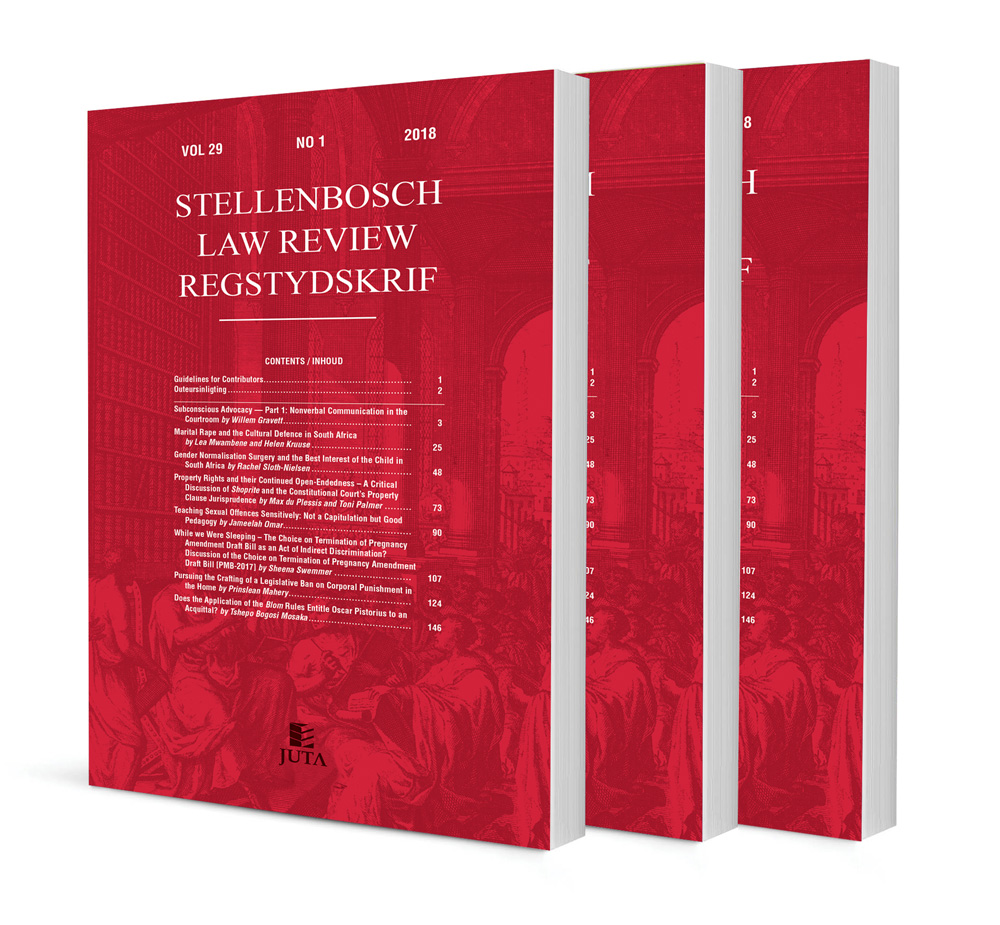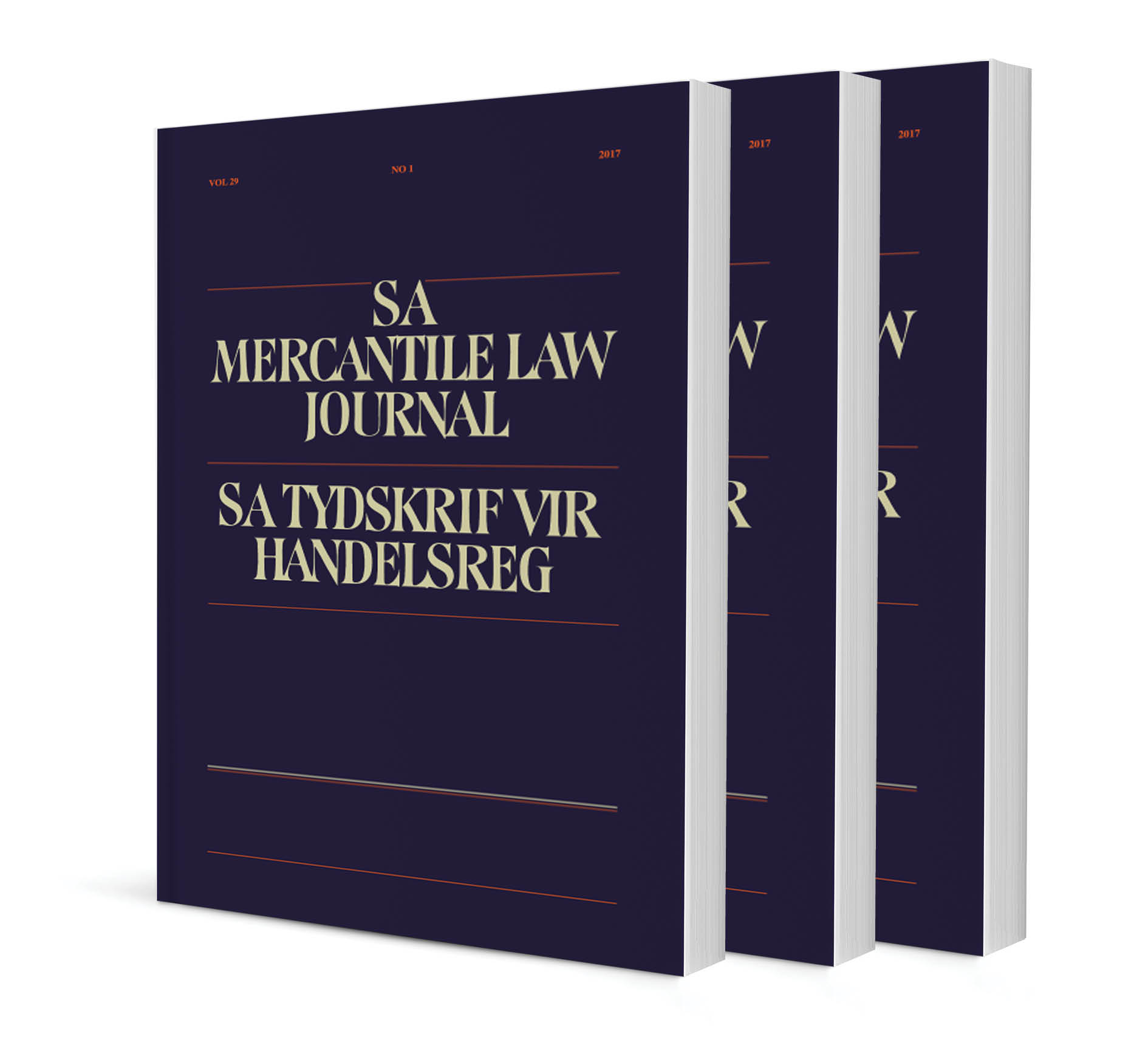Transformative constitutionalism and the framework of the common law of personality

Transformative constitutionalism and the framework of the common law of personality
Author: CJ Visser
ISSN: 1996-2193
Affiliations: LLB (UJ) LLM PhD (Wits), Senior Lecturer, School of Law, University of the Witwatersrand
Source: Stellenbosch Law Review, Volume 34 Issue 2, 2023, p. 310 – 332
https://doi.org/10.47348/SLR/2023/i2a4
Abstract
This article interrogates the constitutionalisation of the framework of the common law of personality – its substance and method – against the transformative constitutionalism paradigm. The transformative constitutionalism paradigm requires greater reflexivity as to the balancing of individualistic and collectivist values in common law frameworks. Such a constitutionalisation process must be influenced by legal culture and ideology as an overarching ideological concern. The Constitutional Court in Le Roux v Dey 2011 3 SA 274 ostensibly attempted to align the framework of the common law of personality with the Constitution of the Republic, 1996 (the “Constitution”). However, the court failed to articulate the human personality as a composite legal interest consisting of various personality rights, underscored by human dignity, due to a superseding preoccupation with subjective feelings of self-worth. This reduced the composite nature of the human personality and the multifaceted nature of human dignity. The same preoccupation also prevented the separate and distinct application of the requirements of the actio iniuriarum to articulate the human personality as a composite legal interest. This article refers to the court’s judicial line of reasoning as “the iniuria approach”. This approach gives rise to an inadequate alignment between the common law and the Constitution, resulting in a substantive mismatch. Such a substantive mismatch is a “defective conversion”, of which the underlying cause is an underpinning ideology of pre-constitutional notions of (classical) liberalism) concealed through a conservative legal culture with attendant formalistic modes of legal reasoning. This causes an imbalance between individualistic and collectivist values permeating the common law’s framework in contradiction to the transformative constitutionalism paradigm. This imbalance frustrates the development of the framework of the common law of personality in line with constitutional values and necessitates the rejection of the iniuria approach in favour of a more transformative approach.
